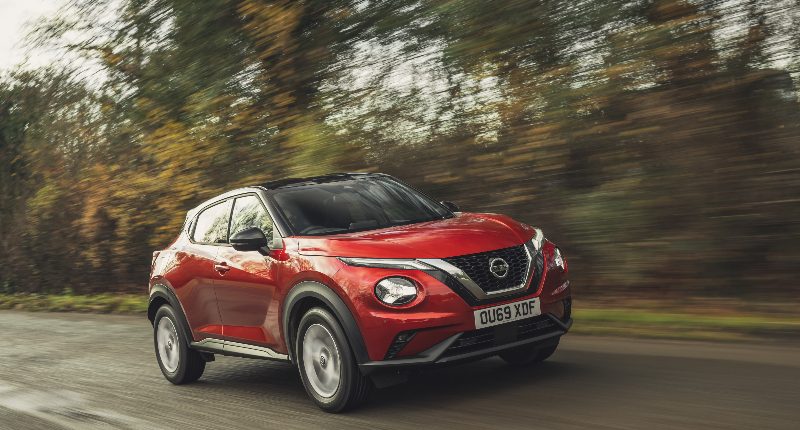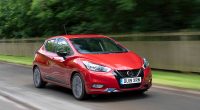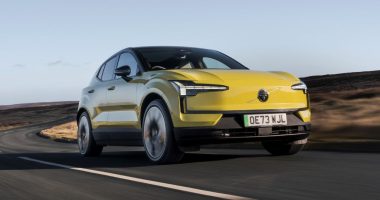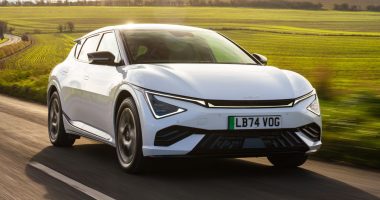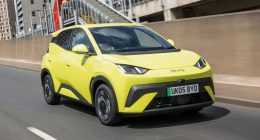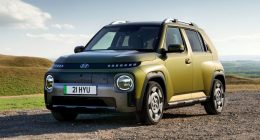The car credited with starting the supermini-SUV craze has been reimagined – and not before time. Wrapped up in a familiar body, Nissan’s Juke returns with more passenger space, a boot that is 20% bigger and a cabin that has superior style and quality. But is it enough to keep it ahead of the pack?
Table of Contents
WHAT IS IT?
Nissan’s attempt at reinventing a trailblazer, that’s what. The second generation of this British-built car has been a long time coming and that has allowed the competition to steal a march on the Juke. The wait for a new one is, at long last, over. Promising the same sense of fun and style as before, the Mk2 is crammed with an arsenal of safety gizmos and multimedia technologies. Diesel has been scrubbed from the menu making this an all-petrol affair. Choice for the time being is thin on the ground, mind, as every derivative is powered by a 1.0-litre, three-cylinder turbo motor.
IT LOOKS THE SAME
From afar that is the conclusion people are going to arrive at. It is not until you are alongside the new Juke that the styling tweaks become obvious. Although the general profile of the Mk1 remains largely intact, the body is actually longer (75mm) and wider (35mm). Not only has this created 580mm of additional leg space for those in the rear, boot space has shot up by a fifth. So, with the back seats in place the load area is a sizeable 422-litres. Practicality is bettered by 60/40 split-folding rear seats and a two-stage, height adjustable boot floor that mitigates the load lip.
IS ANYTHING ELSE DIFFERENT?
The fun factor that was writ large in the Juke’s appearance first time around still exists but there is an extra layer of sophistication on show. The lines are tauter and less bulbous and the two-tier LED lighting system is wonderfully detailed. The V Motion grille remains, albeit much larger, while the Juke’s chamfered rear takes cues from its Micra supermini sibling. Buyers have six trim choices and in the case of the Tekna+ on test here there is added kerb side appeal by way of 19-inch bi-tone alloy wheels, two tone metallic paint and tasteful silver trim pieces.
TAKE ME INSIDE
The cabin is better arranged and quality across the board has been upped considerably, but you won’t have to search far to identify scratchy surfaces and tacky plastics. Still, soft padded material graces the dash, lower console and door armrests. If you appreciate colour you can opt for Nissan’s Personalisation Pack that combines black with orange or grey. Some funky traits have been carried over to the new car, notably the gear lever that sprouts from the motorbike fuel tank-shaped centre tunnel. The cabin is also home to a glut of convenience and safety gizmos. Prices kick off at £17,395 for basement Visia models and rise to £24,000 for Tekna+ models.
ANY TECH HIGHLIGHTS?
At this price point the technology count would need to be extensive and luckily it is. At 8-inches the centre screen is clear and easy on the eye just like the driver binnacle. Framed in silver, the two analogue dials are married toa 7-inch colour display that can be switched to relay driver assistance information or vehicle performance data. You also benefit from Nissan’s ProPilot pack on Tekna+ Jukes. This Level Two autonomy set-up can steer, accelerate and slow the car down on major roads. All really clever stuff and really easy to use, too.
HOW DOES IT DRIVE?
Let’s start with the positives, first. Brimming with low-down torque the three-cylinder petrol engine is a little peach. An overboost function proves useful for overtakes and on steep inclines, although you tend to find the automatic has a tendency to drop a gear to sustain revs to keep you moving along. Jerkiness is another blot on its copybook. For greater urgency you can flick between the three Drive Modes via a small toggle switch behind the gear stick. Of the three, Sport delivers sprightlier responses. Buffeting is an issue on journeys and tyre roar is audible on the move, too, but no doubt smaller rims would cure this and take the edge off the unbelievable brittle ride – the Juke’s long-standing Achilles’ heel. The trade-off for running tyres with skinny sidewalls is consistent traction in the wet and dry.
PROS & CONS
+ Bold, assertive styling
+ Comprehensive kit list
+ Big car safety systems
– Limited engine choice
– Some patchy materials
– Rivals still ride better
BOSE SPEAKERS: First seen on the Micra supermini, and developed by premium audio brand Bose, the Juke has a pair of speakers integrated into the front two headrests. You have three levels of ‘immersion’ that can project noise towards the B-pillars; around the front half of the headrest; or 360° for a truly surround sound experience. Music aficionados will love it.
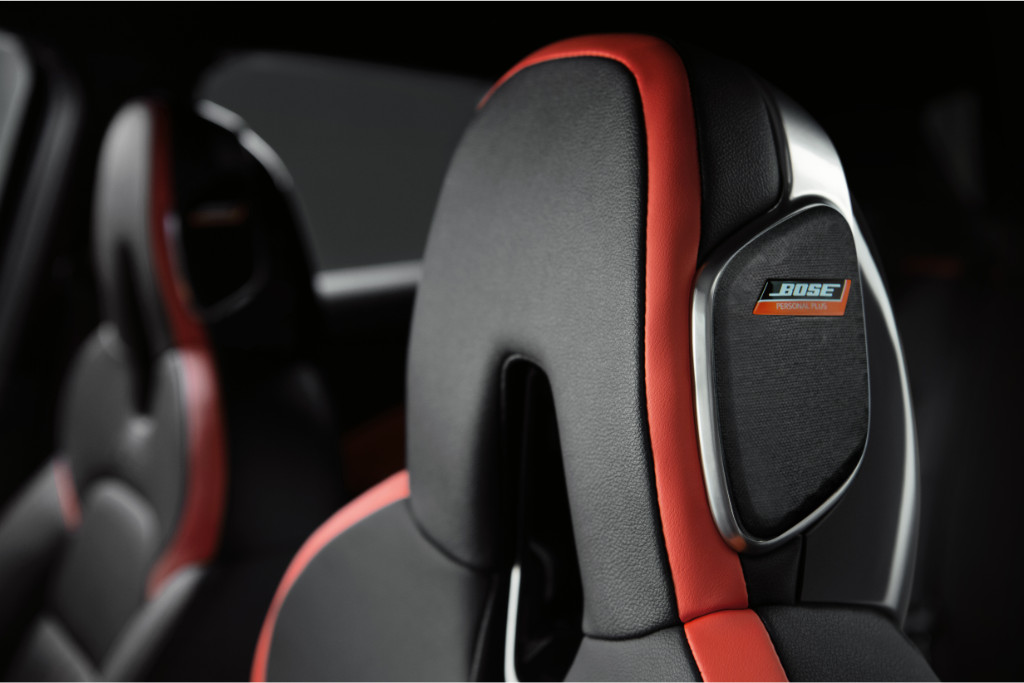
STYLING: As with the original, the Juke Mk2 is sure to polarise public opinion. The styling still catches the eye, however, and is helped along by 19-inch alloys and the choice of three, two-tone schemes that includes a Fuji Sunset Red body colour and Pearl Black roof. Rear has a hint of Micra about it
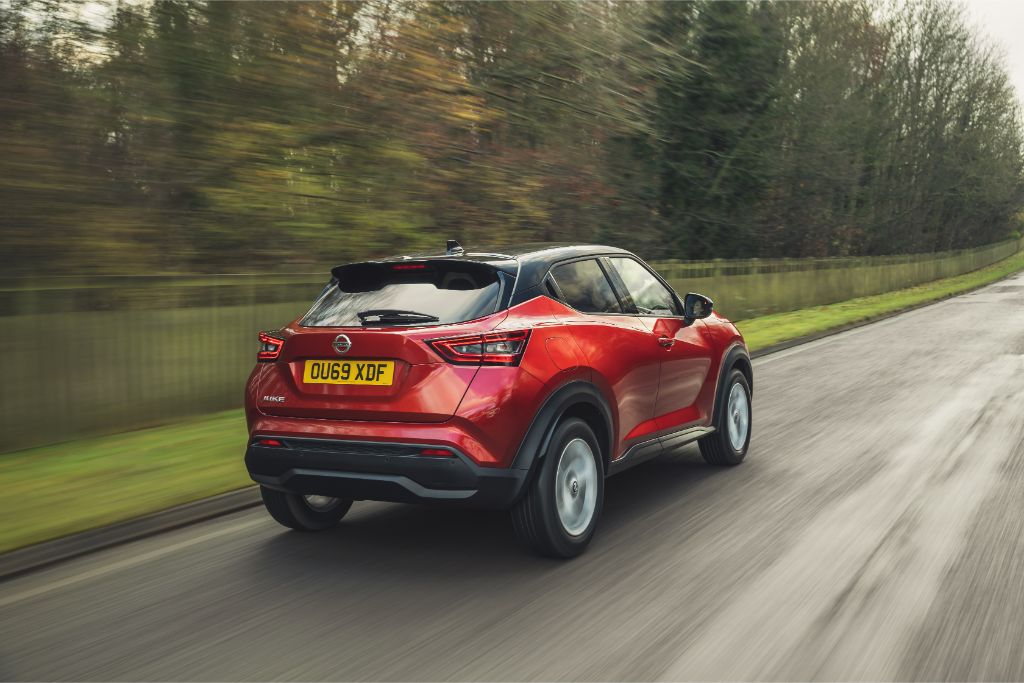
PRACTICALITY: Five doors, five seats and a fairly generous adjustable boot are standard on every Juke. Passengers measuring six-feet or above are going to feel cooped up in the back given the sloping roofline. While legroom is decent, the back bench does not slide forwards or backwards as it does in the Renault Captur with which it shares the same platform.
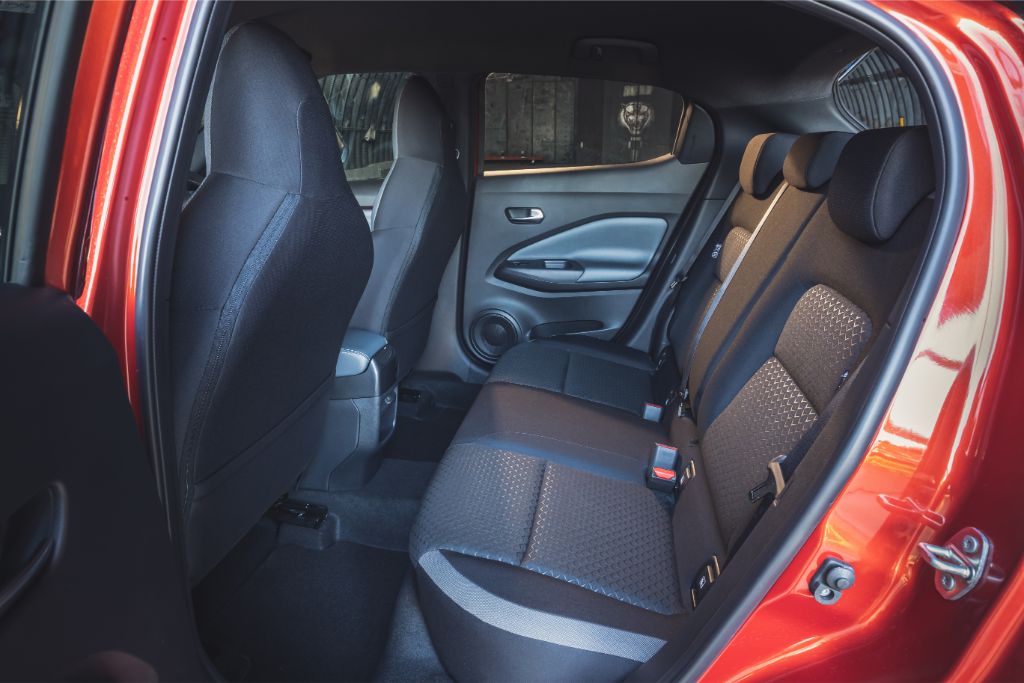
INTERIOR: Owners are going to appreciate the step up in quality inside even though some materials continue to disappoint. What is not in dispute is equipment with Tekna+ Jukes getting a 360° colour camera, an 8-inch multimedia system that mixes touch commands with physical shortcut buttons, electronic climate control, heated front seats, heated door mirrors and rain sensing wipers.

SPECIFICATION
Price: £25,295 (as tested)
Engine: 1-litre, 3cyl turbo petrol
Power/torque: 115bhp/148lb ft
Transmission: 7-speed automatic, front-wheel drive
0-62mph: 11.1 seconds
Top speed: 112mph
Economy/CO2: 53.3mpg/118g/Km
